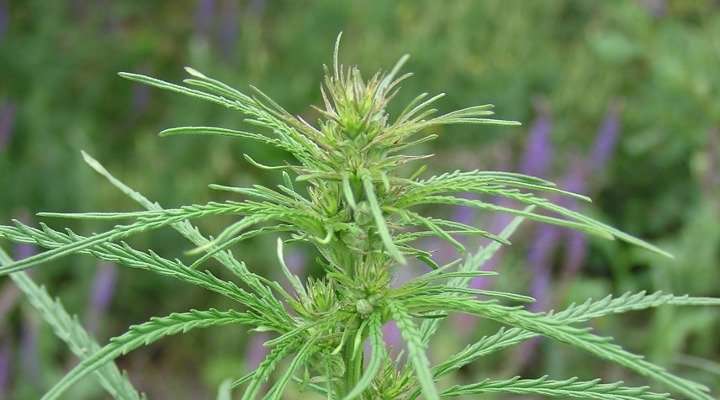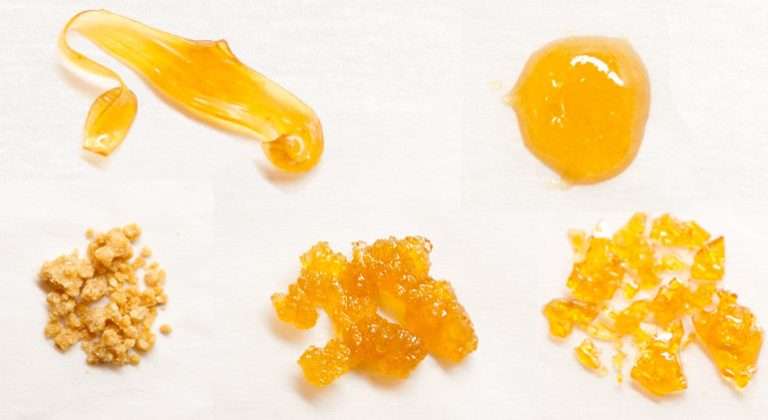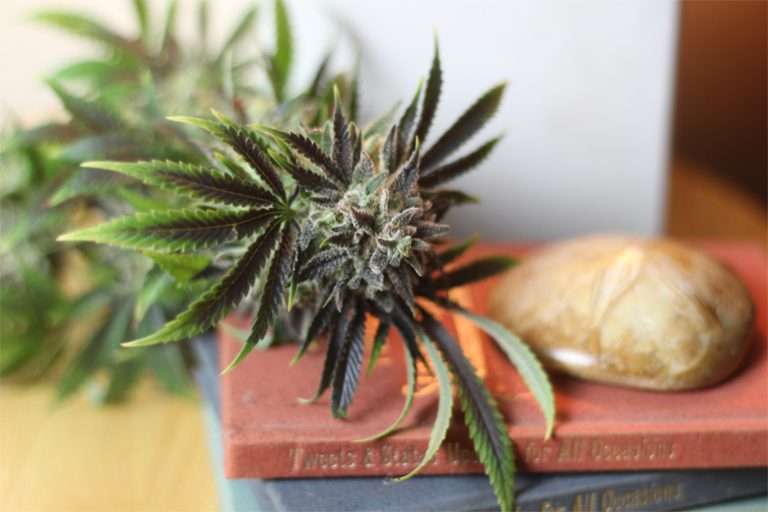Understanding Cannabis Ruderalis: As Easy as One, Two, Three
Today we are covering Cannabis Ruderalis, the third varietal of the cannabis plant. Oftentimes, cannabis ruderalis plays the back seat in typical cannabis conversation to the more popular indica and sativa varietals. However, with its high cannabidiol (CBD) content and constant rotation in the genetic manipulation of all kinds of weed, ruderalis ain’t no joke.
via GIPHY
Understanding Cannabis Ruderalis is as easy as one, two, three!
1) Cannabis Ruderalis is not “Ditch Weed”
And what is “ditch weed”? Ditch weed is the common name for feral cannabis that descended from industrial hemp crops and now grows wild. These plants are genetically geared towards fiber production over that sweet sticky stuff.
Cannabis ruderalis is feral – wild growing – which is the reason for the comparison in the first place. However, most of us don’t know where it descended from, or why.
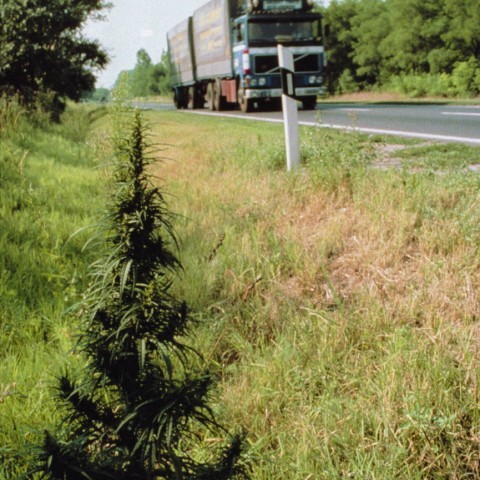
The general consensus over the cannabis family tree (ha!) is that there was an original, Cannabis Sativa L, which thrived in hot tropical climates near the equator. As this Abrahamic plant spread its seed north of the equator, it left its traditional climate zone, spurring the need to adapt to survive. The gradual process of these mutations gave us Cannabis indica, and ruderalis followed suit in the most unforgiving climates.
Cannabis ruderalis grows naturally in Russia – it was discovered by a Russian botanist – and is also found in central Asia and Europe
Here’s the kicker: Ditch weed does not produce many cannabinoids at all, while the flower of cannabis ruderalis DOES. Although it doesn’t produce comparable amounts of THC to sativas and indicas, ruderalis holds an irreplaceable cannabinoid value.
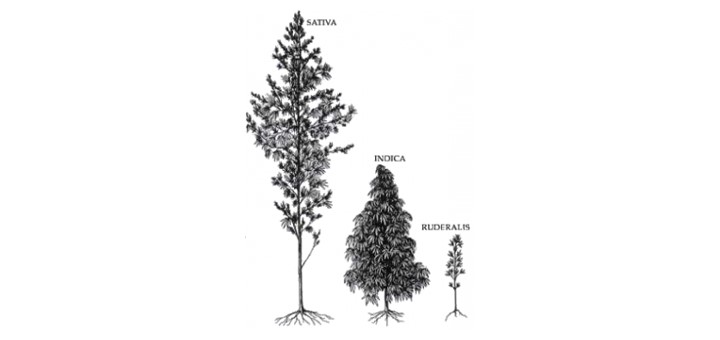
2) Cannabis Ruderalis Produces a Valuable Amount of Cannabidiol (CBD)
If you’re not already familiar with cannabidiol, often referred to as CBD, then get hip. With a low psychoactive principle and a high medicinal acuity, it is the unsung hero of the medical cannabis movement, and it is the main reason, of many, that we argue for marijuana’s medicinal value in the first place.
Dust up on some of its proven benefits HERE.
Seriously, the list is stacked.
Cannabis ruderalis produces more of this cannabinoid than it does THC. Growers looking to engineer strains for medicinal patients can genetically cross ruderalis strains with an indica or sativa to create high-CBD strains used to treat epilepsy, Alzheimer’s, Parkinson’s, depression, and many more with no dependence potential.

Ruderalis is used to create CBD products that range from oils and salves to tinctures and high-grade CBD flower. Additionally, these high-CBD cannabis products offer users an opportunity to enjoy cannabis’s medicinal attributes without getting high.
While herb a la ruderalis is not usually smoked on its own in the U.S. – instead, being first crossed with indica or sativa strains – its raw flower is still used across the globe today to treat depression and anxiety.
However, a naturally high CBD profile is not the only reason that growers are so interested in cannabis ruderalis.
3) Auto-Flowering: The Genetic Gift from the Gods
Let’s take a step back. Remember when we learned that cannabis ruderalis was a survivalist species, naturally able to thrive in environments where others couldn’t?
Well, its self-sufficiency does not stop there.
Cannabis ruderalis possesses the unique ability to flower on its own after only 21-30 days above ground, dying soon after. This is a big deal.
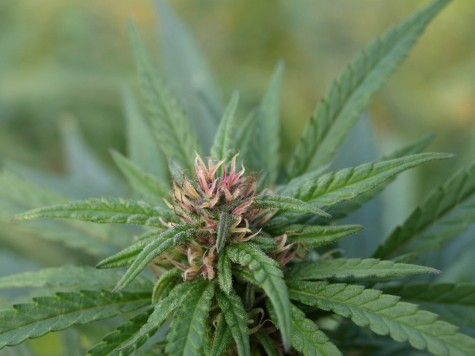
Sativas and indicas, on the other hand, can take months to mature and are wholly dependent upon the number of hours of daylight that they receive to grow and flower successfully, which requires almost constant perfection and manipulation in indoor settings.
The auto-flowering capabilities of cannabis ruderalis give it great genetic potential. Growers can cross a ruderalis strain with a fan favorite – like Northern Lights – and boom! Now we have seeds with the genetic potency of the principal strain and the auto-flowering mechanism of its ruderalis compliment. Auto-flowering strains make life easier for cultivators and make at-home cannabis cultivation way more accessible to the everyday grower.
Cannabis ruderalis is like the Bran Stark (Game of Thrones) of the medical cannabis community: Initially overlooked, its innate ability and undeniable importance become more and more pronounced as the storyline continues.
No worries if you didn’t get that one. This is what’s important:
Cannabis ruderalis, often overlooked due to its humble size and menial yield, possesses the highest CBD content by percentage of all cannabis varietals, making it invariably important to the medical cannabis community at large. Its unique auto-flowering capabilities have changed the landscape of cannabis cultivation forever, and it will continue to be a major player in the cannabis market, even if behind the scenes, for as long as it exists.Understanding Cannabis Ruderalis

